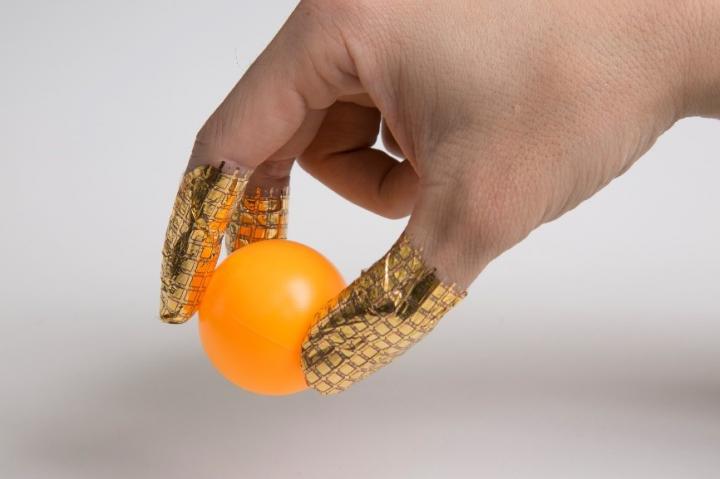
This device built by MIT researchers can be reconfigured to manufacture several different types of pharmaceuticals (credit: courtesy of the researchers)
MIT researchers have developed a compact, portable pharmaceutical manufacturing system that can be reconfigured to produce a variety of drugs on demand — if you have the right chemicals.
The device could be rapidly deployed to produce drugs needed to handle an unexpected disease outbreak, to prevent a drug shortage caused by a manufacturing plant shutdown, or produce small quantities of drugs needed for clinical trials or to treat rare diseases, the researchers say.
Traditional “batch processing” drug manufacturing can take weeks or months. Active pharmaceutical ingredients are synthesized in chemical manufacturing plants and then shipped to other sites to be converted into a form that can be given to patients, such as tablets, drug solutions, or suspensions.
With research funded by DARPA’s Make-It program, the new system prototype can produce four drugs formulated as solutions or suspensions: Benadryl, Lidocaine, Valium, and Prozac. Using this apparatus, the researchers can manufacture about 1,000 doses of a given drug in 24 hours.
The key to the new system: chemical reactions that can take place as the reactants flow through relatively small tubes as opposed to the huge vats in which most pharmaceutical reactions now take place. Traditional batch processing is limited by the difficulty of cooling these vats, but the flow system allows reactions that produce a great deal of heat to be run safely.*
Personalized “orphan drugs”
One of the advantages of this small-scale system is that it could be used to make small amounts of drugs that would be prohibitively expensive to make in a large-scale plant. This would be useful for “orphan drugs” — drugs needed by a small number of patients. “Sometimes it’s very difficult to get those drugs, because economically it makes no sense to have a huge production operation for those,” says Klavs Jensen, the Warren K. Lewis Professor of Chemical Engineering at MIT and a senior author of a paper describing the new system in the March 31 online edition of Science.
The researchers are now working on the second phase of the project, which includes making the system about 40 percent smaller and producing drugs whose chemical syntheses are more complex. They are also working on producing tablets, which are more complicated to manufacture than liquid drugs.
*The chemical reactions required to synthesize each drug take place in the first of two modules. The reactions were designed so that they can take place at temperatures up to 250 degrees Celsius and pressures up to 17 atmospheres. By swapping in different module components, the researchers can easily reconfigure the system to produce different drugs. “Within a few hours we could change from one compound to the other,” Jensen says.
In the second module, the crude drug solution is purified by crystallization, filtered, and dried to remove solvent, then dissolved or suspended in water as the final dosage form. The researchers also incorporated an ultrasound monitoring system that ensures the formulated drug solution is at the correct concentration.
Abstract of On-demand continuous-flow production of pharmaceuticals in a compact, reconfigurable system
Pharmaceutical manufacturing typically uses batch processing at multiple locations. Disadvantages of this approach include long production times and the potential for supply chain disruptions. As a preliminary demonstration of an alternative approach, we report here the continuous-flow synthesis and formulation of active pharmaceutical ingredients in a compact, reconfigurable manufacturing platform. Continuous end-to-end synthesis in the refrigerator-sized [1.0 meter (width) × 0.7 meter (length) × 1.8 meter (height)] system produces sufficient quantities per day to supply hundreds to thousands of oral or topical liquid doses of diphenhydramine hydrochloride, lidocaine hydrochloride, diazepam, and fluoxetine hydrochloride that meet U.S. Pharmacopeia standards. Underlying this flexible plug-and-play approach are substantial enabling advances in continuous-flow synthesis, complex multistep sequence telescoping, reaction engineering equipment, and real-time formulation.




